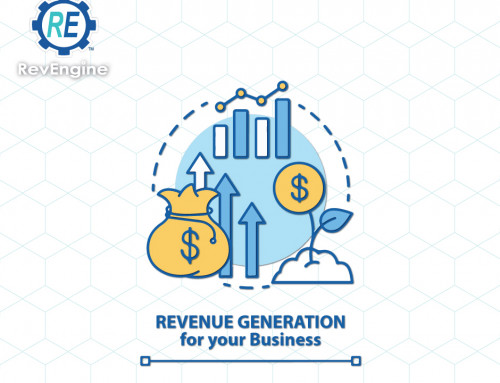 Businesses engaged in any form of marketing often wind up finding themselves asking some version of the same question: Should I do some email prospecting or go on a cold calling adventure? Quite frankly, there is no easy answer to this question. In fact, there are several answers. Both methods have their pros and cons, and while we may be a bit partial to email prospecting, considering our experience with the process, we want to remove any biases and give you a cold (pun intended), hard look at just the facts.
Businesses engaged in any form of marketing often wind up finding themselves asking some version of the same question: Should I do some email prospecting or go on a cold calling adventure? Quite frankly, there is no easy answer to this question. In fact, there are several answers. Both methods have their pros and cons, and while we may be a bit partial to email prospecting, considering our experience with the process, we want to remove any biases and give you a cold (pun intended), hard look at just the facts.
It is important to delve into the difference, historically speaking, between the two processes. Did you know that cold calling dates back farther than the telephone itself? The original meaning of cold calling comes from years-gone-by when a salesperson made an unrequested and unscheduled visit to someone’s home. Email prospecting, by comparison, may be a newer form of communication, but its use in marketing has become no less ubiquitous. So, let’s take a deeper at the pros and cons of both cold calling and email prospecting.
When a phone call can be both appropriate and effective
Speaking to someone, whether in-person or voice-to-voice, is certainly a great way to get someone’s attention. According to one study, phone outreach has a response rate of 8.1%, compared to .03% for email. But what makes phone conversations such a great idea?
A UCLA professor who took a deeper look at this type of communication found that people derived specific levels of information, and a certain level of trust was gained, when using real-time communication. Words represented 7% of what a person got out of the communication, intonation represented 38%, and in the case of in-person communication, 55% was derived from body language.
Cold calling can be particularly effective for B2B marketing. When a business is fielding many calls a day from all sorts of individuals, it might be harder to break through the noise. For businesses that may only receive calls from other businesses, however, a simple call might be just the trick.
Cold calling specifically can be a great way to market your service or product if you reach the intended party and complete the sale or get a referral. Yet, that isn’t always an easy proposition. A Baylor University study demonstrated that the average success rate of a cold call is a meager 0.3%.
When email prospecting is the answer
Considering that cold calling prospects can make you feel like you’re wasting your time, you may want to try something else instead. There is a method you can use that has the potential to convert up to 20% or more of your leads into customers. Just think about that for a moment. It would be akin to 80% of the people you cold call picking up and converting. That method is email prospecting.
With the right technique, message, and automation, businesses have the potential to make big connections through emails. Unlike real-time communication, individuals don’t have to rely on people skills. In many cases, you may not even need people! Email marketing can be automated easily and efficiently.
One downside of email prospecting is the whopping amount of emails working professionals and executives must wade through. Looking at some recent stats regarding how many emails an office worker receives in a day shows that the struggle is real: 121. How many emails do you go through in a sitting? Consider the volume.
Yet, the fact remains, email remains far and away the most widely-used form of communication for businesses. As experts in email prospecting, we’re great at filtering the wheat from the chaff and helping you convert potential customers into actual paying clients. Contact us today to learn more.





Leave A Comment